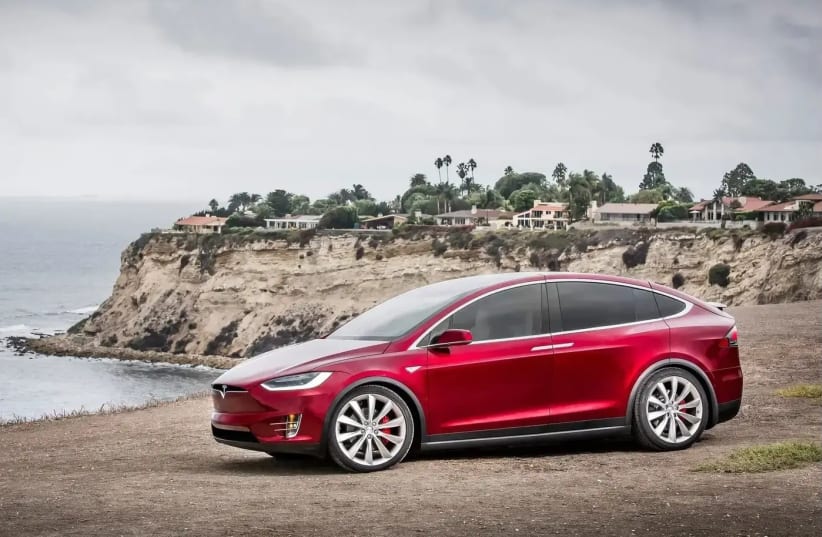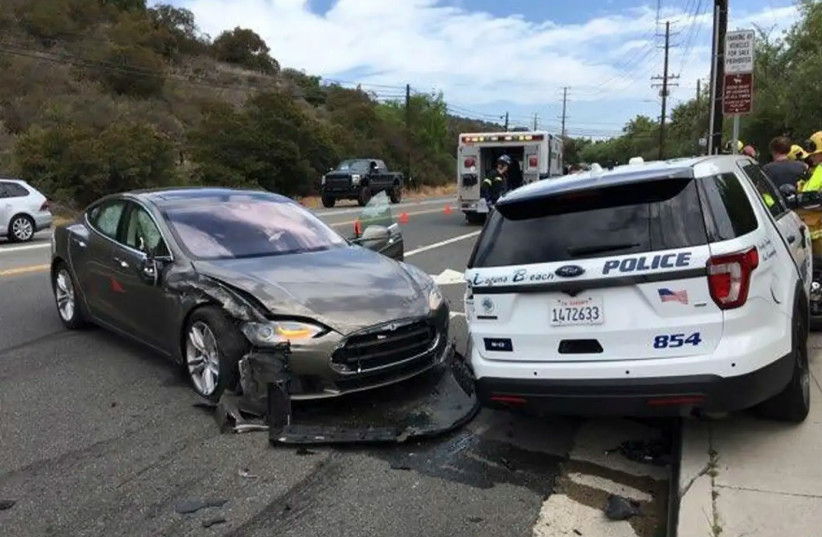This week, Tesla was supposed to appear in the Supreme Court in California to defend its "Autopilot" driving system, against claims from the driver's family that it was the system and not the driver who was not attentive to driving that caused his death.
However, according to court documents published in Bloomberg and The Washington Post, the company preferred to choose the option of settling the matter with the family outside of the courtroom.
Wei Huang, an engineer at Apple and a Tesla Model X driver using the manufacturer's driving assistance system, collided with a concrete barrier in California in March 2018. An investigation by the National Transportation Safety Board found that the system was in use at the time of the accident and that the driver was distracted from driving, contributing to the accident.
Initially, the company claimed that Huang was using his mobile device at the time of the accident and that this was not the first time he had done so while driving. This claim was confirmed in the investigation when it was found that the gaming application was indeed active, but it could not be determined if the driver was actually using it at that moment. These data were also presented by Apple itself, leading to claims by the driver's family that it "colluded secretly with Tesla to support Tesla's version."
Despite the fact that the specific amounts are not mentioned in court documents, it is stated that the parties have reached an understanding regarding the continuation of the case within the framework of a settlement. This arrangement has not yet been approved by the judge, and another hearing on the matter is expected to take place next Thursday. Among other things, in order to allow the California Department of Transportation, which is also a party in the case, to express its opinion on the matter.
This case, if it had continued and not turned to a settlement route, was supposed to be one of the prominent cases of the judicial system dealing with similar cases, such as cases in which Tesla was blamed over the years for causing the deaths of drivers.
The main claim is that these incidents occurred due to improper functioning of the "Autopilot" system or due to its identification issues with obstacles, signage, or emergency vehicles with flashing lights.
This is not the first case in which Tesla's semi-autonomous driving system is accused of causing drivers' deaths. So far, Tesla has managed to defend the system by proving that the drivers involved did not adhere to the manufacturer's instructions and clarifications, and that, similar to other driving assistance systems, it is only an auxiliary system and the responsibility for driving lies solely with the driver.


